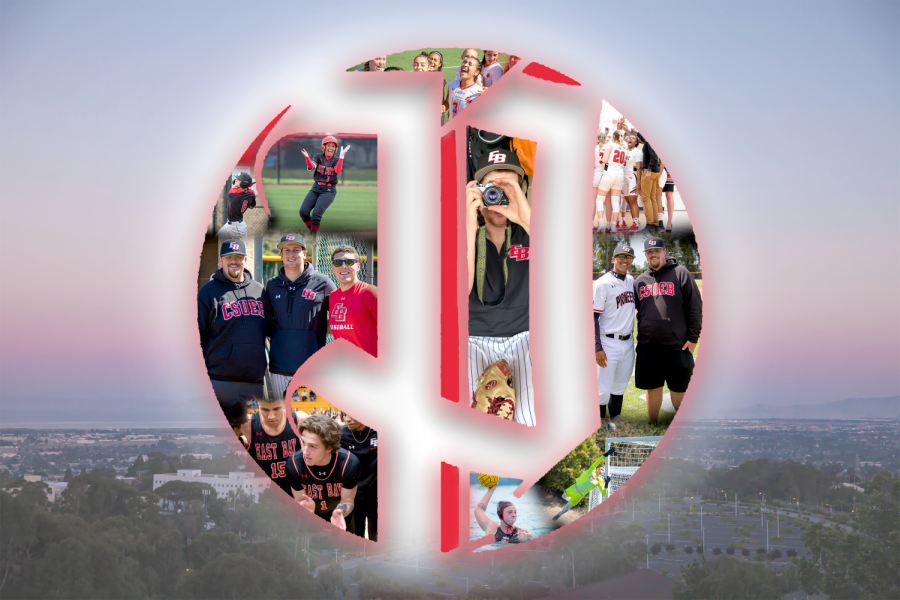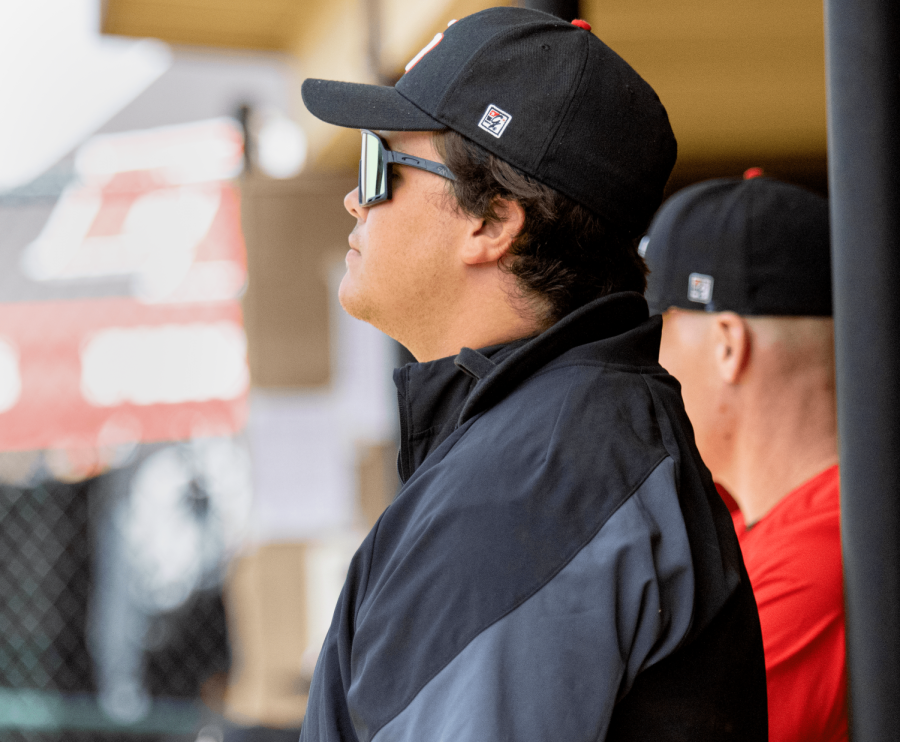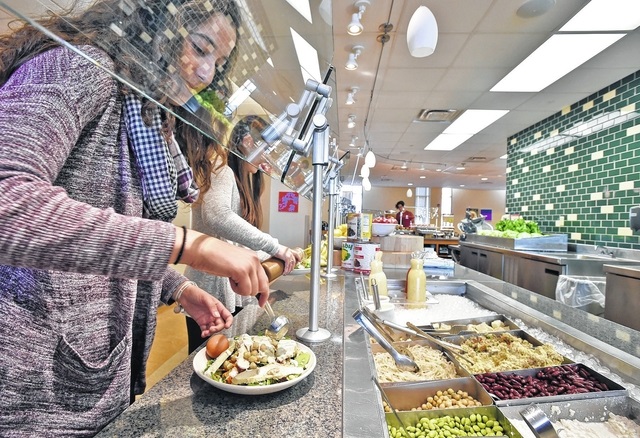Why is drinking so socially acceptable?
Alcohol is treated as if it is not a drug and has no negative consequences. Almost every social situation seems to involve alcohol. How many parties are thrown without alcohol being served? How many people go out after work or on a weekend and do not drink? What holiday is celebrated without wine, champagne, or a cocktail of some sort? From happy hour, to fundraisers, to weddings, or any celebration, alcohol is involved every step of the way.
As a non-drinker, I can attest to how awkward it is to go to social gatherings that surround alcohol. Everyone is throwing drinks back while you drink soda or iced tea. Everyone starts to act different as their inhibitions wane, while you remain sober. It is an exclusionary feeling and leads many people to feel pressured to drink. Most people who go to a place where alcohol is being served are even literally pressured to drink by the people around them. They are teased and embarrassed if they do not join in. Many people who drink act like there is something wrong with a person who chooses not to partake. Often people do not just drink one or two drinks but drink to get intoxicated and/or binge drink. This culture of drinking is a huge problem.
The World Health Organization says alcohol abuse is the third leading cause of death and disability in the world. Alcohol is a leading cause of death among youth. Three hundred twenty thousand people between the ages of 15 and 29 die yearly from alcohol-related causes. Many of these deaths are caused by drunk driving.
Not to mention the health impacts of alcohol such as alcohol poisoning, cirrhosis of the liver, and fetal alcohol syndrome and related disorders. Moreover, the risk of sexual assault, being robbed, getting sexually transmitted diseases, getting into physical fights, etc. goes up when people are under the influence. Furthermore, some become abusive of or chemically dependent on alcohol and this can cause many issues for the individual as well as their family. If one is going to drink, one should know the risks and how to reduce their risk of harming themselves and others.
Ways to reduce harm from alcohol are varied. These strategies include: making sure you have a designated driver with you who remains sober, setting a limit of the number of drinks you plan to consume before you start, spacing drinks out (one drink per hour), alternating drinking alcohol with drinking a non-alcoholic drink, eating something before you drink alcohol, avoiding doing shots, not mixing alcohol with prescription medications that have warnings not to on the label, and not mixing alcohol with caffeine, among others.
It is also important to know the signs of alcohol poisoning such as: vomiting, confusion, slow or irregular breathing, seizures, low body temperature, paleness of skin and passing out. A person with these kinds of symptoms needs to seek medical attention immediately. The only way to be completely safe is to not drink at all. If one is going to drink it is recommended they stay within the low-risk drinking guidelines, which means no more than two standard drinks per day, or nine standard drinks a week for women and 14 for men.
In the long run though, the social acceptance of alcohol in our society has overall negative impacts on us. What keeps alcohol socially acceptable? The alcohol lobby ensures that alcohol stays at current regulation levels and is not more heavily regulated by putting money into politician’s pockets via donations. The lobby has ensured that alcohol can be advertised on TV, magazines and on billboards. Alcohol is marketed and targeted to poorer communities and to ethnic minority communities. For instance, there are more liquor stores in poor and ethnic minority neighborhoods. Alcohol is a $35 billion-a-year industry in the United States. Look no further than profit as the reason why our school is debating whether to serve alcohol on campus. Given the serious consequences that alcohol poses, especially to young college aged people, serving alcohol on campus should not even be an option considered.
Alcohol is portrayed by the media as fun and relaxing. We are told that alcohol is less harmful and less serious than the illegal drugs, but research proves this is not true. Alcohol is responsible for more deaths than any other drug besides cigarettes. Cigarettes in recent years have become heavily regulated and are becoming less socially acceptable as they are banned from restaurants and even public streets and parks. Yet alcohol remains one of the most dangerous, yet acceptable drugs around.
We need to make alcohol less socially acceptable. This will help stop the peer pressure to consume it during almost every occasion or social gathering. Every social gathering should not be centered on alcohol. As a society we need to create awareness about the dangers of alcohol, promote safety and harm reduction around it, and end the myth that alcohol is harmless “fun” and should be used to “relax.” Alcohol is often used as a “social lubricant” for shy people to become more outgoing in social situations. We need to create better and healthier ways for people to achieve the same goal. In addition, we need to reduce stress that leads to people turning to alcohol to relax. That means changing the way we live, work, and play. If our society was less capitalistic and allowed for less working hours, all jobs paid a living wage, jobs had more flexible schedules, and people had more free time to relax in healthier ways, then less people would feel the need to turn to alcohol. If we want people to make healthier decisions we have to be willing to sacrifice for it. As long as well allow the alcohol lobby to keep pushing alcoholic beverages into our hands and we accept the myths about alcohol we will continue to see the grave outcomes.










